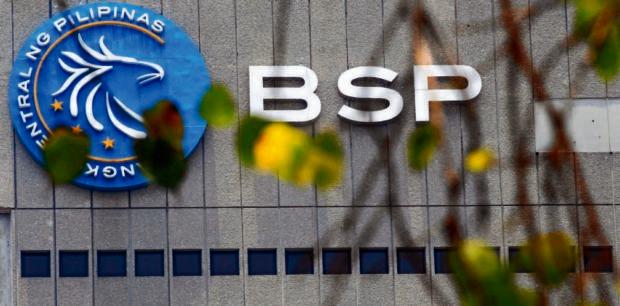The incidence of African swine fever (ASF) in the Philippines has substantially waned after the outbreak was first detected in 2019, according to the Department of Agriculture (DA).
Data from the DA showed that, as of March 31, active cases of disease were now reported in only two regions, four provinces, seven municipalities and 20 barangays.
This was a significant reduction from a high of 3,657 barangays in 678 cities and municipalities, in 51 provinces, recorded since 2019.
Reildrin Morales, director of the Bureau of Animal Industry, said over 500 municipalities and cities across the country have not reported new cases of ASF over the “last three to six months and even longer.”
Likewise, 64 municipalities received the upgrade of their status from red to pink, meaning these are cleared of the animal disease.
Separately, Agriculture Secretary William Dar said newly manufactured vaccines against ASF were undergoing testing. He did not disclose the entity that developed the ASF vaccine.
“The first result of the vaccine trials have shown encouraging results,” Dar told reporters in a chance interview recently.
Dar said the agency would recommend to the next administration the massive inoculation of affected hogs if the second part of the vaccine trial yields a positive outcome.
The government has collaborated with private companies in the past to test possible vaccines on commercial hog farms.
The highly contagious ASF has adversely crippled the country’s swine industry in the last few years and subsequently hampered the growth of the agriculture sector.
The livestock sector saw its production decline by 17 percent, data from the Philippine Statistics Authority showed. Yet industry stakeholders had expressed optimism the swine industry would bounce back as many raisers have restarted hog repopulation efforts.
Hoping to alleviate the impact of ASF, President Duterte issued two executive orders (EO) last year.
EO 133 raised the minimum access volume (MAV) for pork imports to 254,210 MT from 54,210 MT to address the supply shortage, while EO 134 sets tariffs on pork imports under MAV to 10 percent for the first three months and 15 percent in the next nine months. INQ


